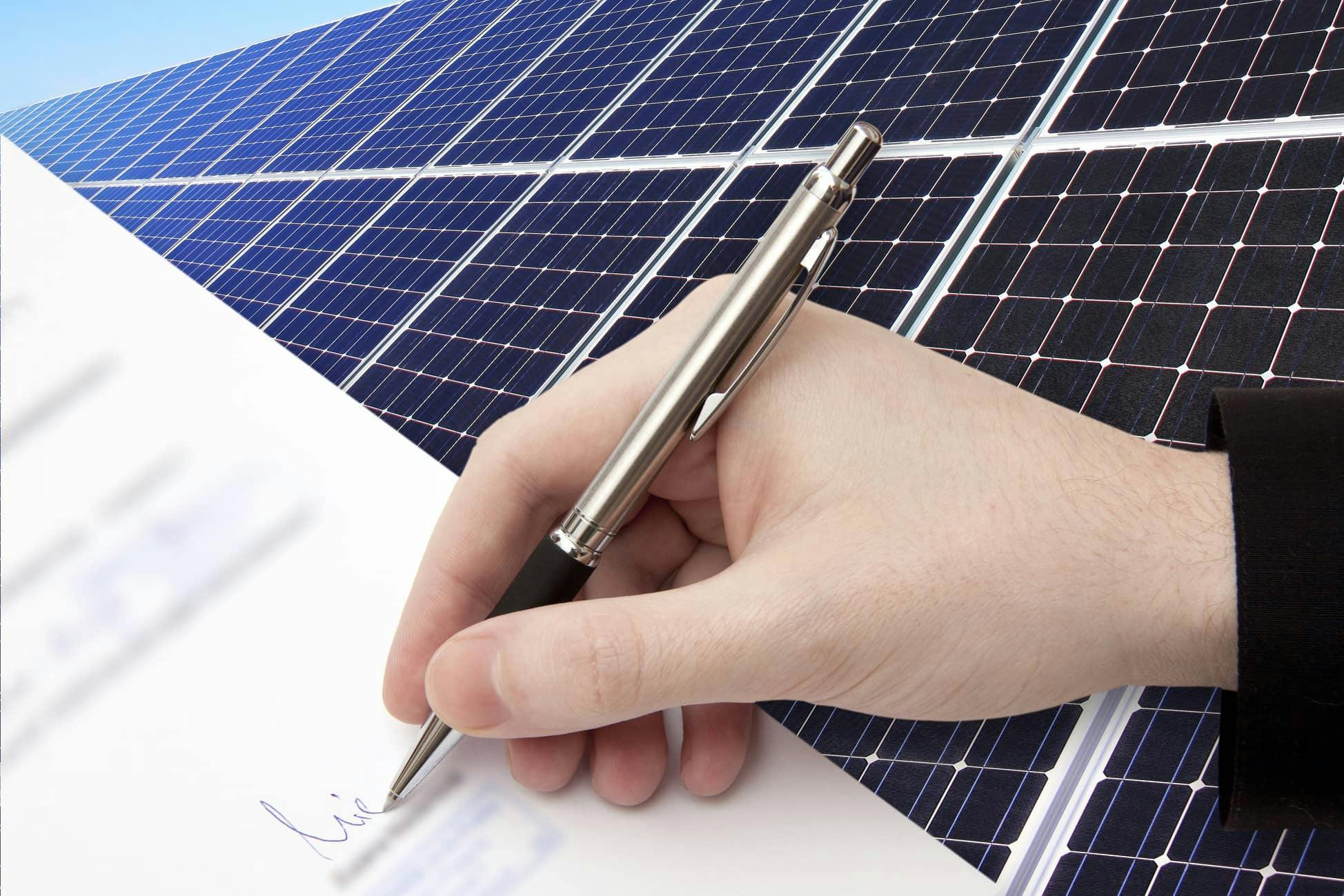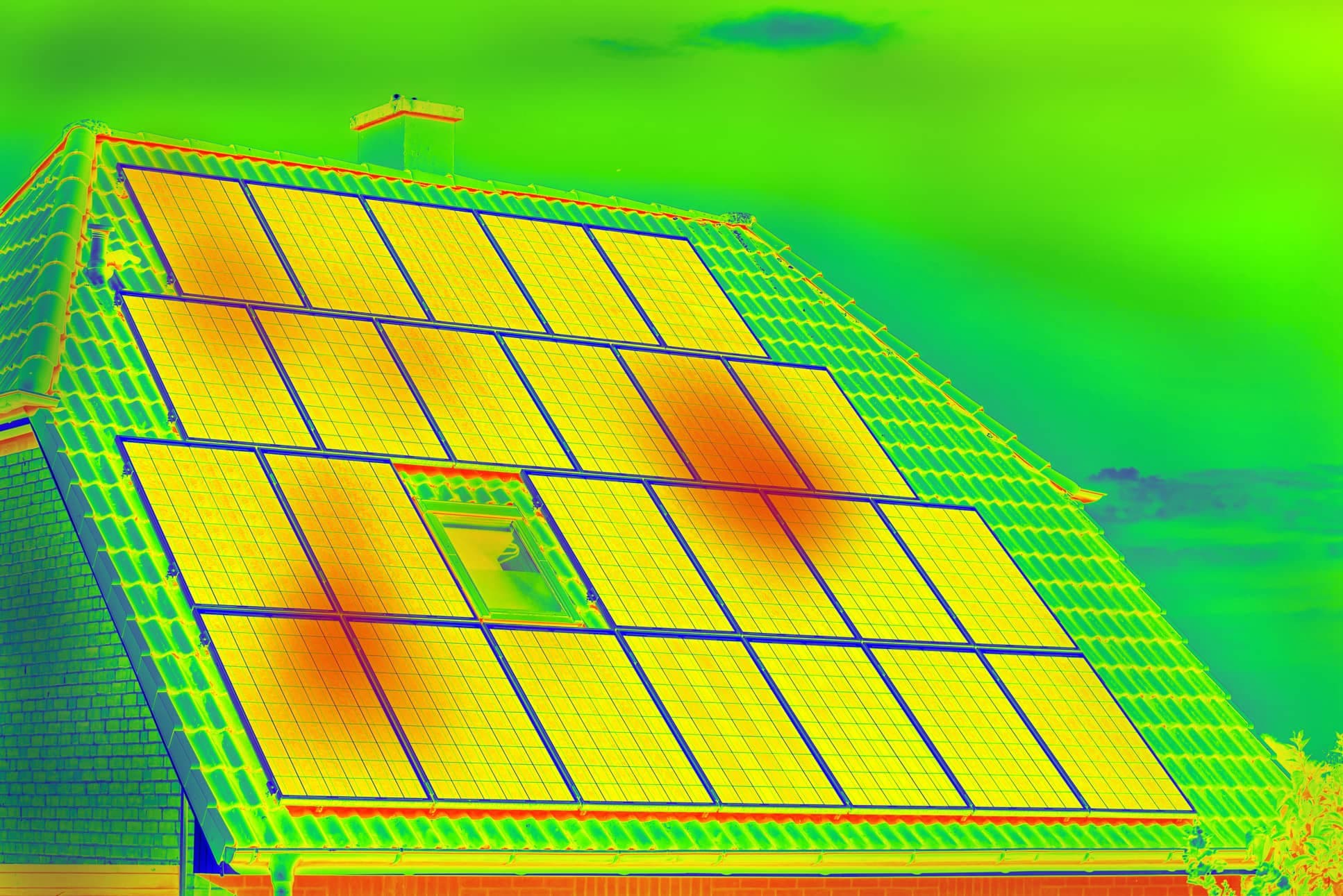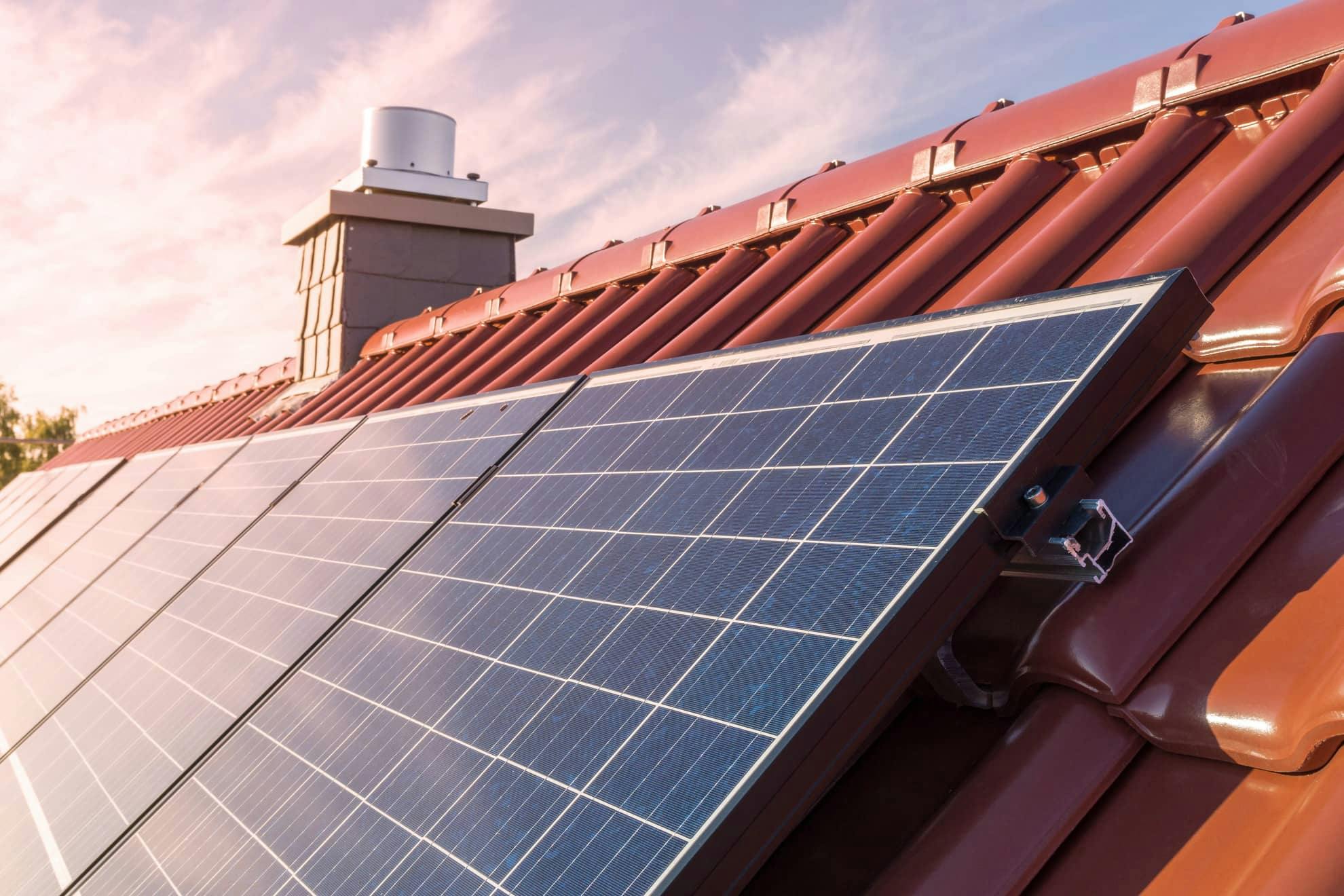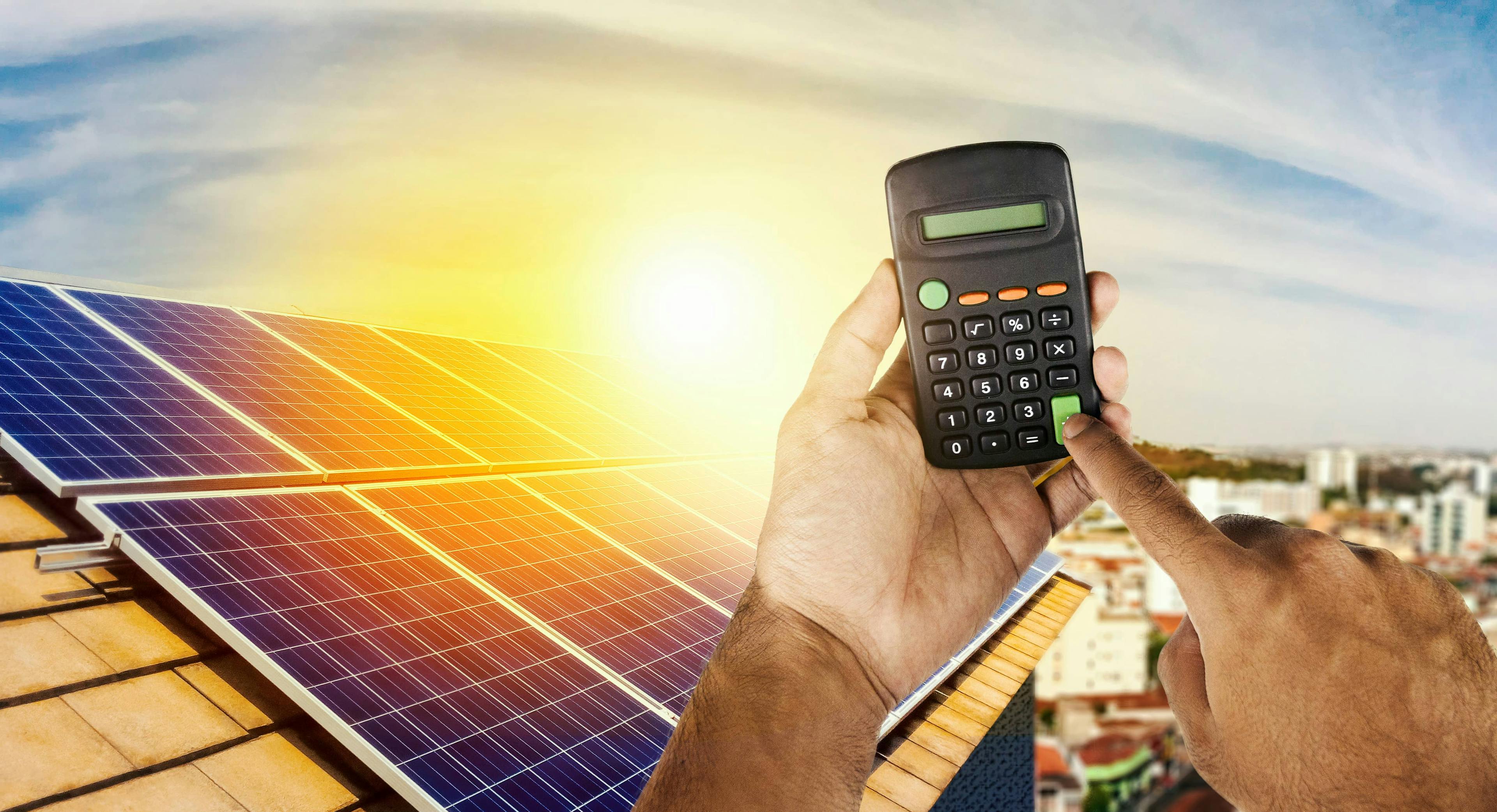Hello once again fellow readers! It is good to know that you are with us and that our blog entries that we lovingly make for you are useful.☀️😍
We know that it is believed that processing self-consumption facilities in the country is a headache since there are different regulations in the various municipalities and it is not always clear what must be presented or what should be known.
But don't worry about it. That's why Quiero Sol is here, to show you the process of legalizing a photovoltaic installation in Spain in a simple way.🗸
We will analyze the regulations that affect solar installations and we will see the different powers that affect them. In addition, while we are writing this article, the Council of Ministers has approved and a day later the Official State Gazette public and Royal Decree-Law 18/2022, of October 18, comes into force, with 18 new measures of the Plan of Energy Contingency.
Among the most important to accelerate an energy transition with solar energy as the protagonist is the administrative simplification for any small renewable generation installation (up to 500 kW). 🙌
What is the procedure to legalize a self-consumption photovoltaic installation in Spain?
The processing and legalization of photovoltaic installations in Spain has been greatly facilitated since the entry into force of Royal Decree 244/2019 and together with the Professional Guide for Processing Self-consumption of the IDAE (Institute for Energy Diversification and Saving).
This guide is aimed at the general public, but specifically at authorized installation companies that develop and execute solar self-consumption installations. In addition, it divides the installations into two large groups, depending on whether they are without surpluses (connected to the distribution or transport network and through an anti-spill system, they do not allow surplus energy to be injected into the network), or with surpluses (in addition to supplying energy for self-consumption, they can inject surplus energy into the transmission and distribution networks).
We make a parenthesis here, since we want to emphasize that in order to obtain simple information aimed at citizens in general, the IDAE has produced the Guide to becoming a self-consumer in 5 steps that we provide here and we recommend that you take a look at it.👍
On the other hand, it is necessary to take into account that there are still certain administrative procedures that depend on the Autonomous Community in which you are located.
Normally, it will be the installation company that will carry out the necessary technical and administrative steps, in addition to carrying out the installation with all the security guarantees.
Even so, we want to explain below the administrative procedures to formalize your installation correctly. Let's get to it and turn the mode on!🔛
What is needed to legalize a self-consumption photovoltaic installation in Spain 2023?
Administrative requirements vary depending on the location and type of facility. These may include building permits or administrative authorizations, especially for large installations or those located in buildings affected by some type of protection or in environmentally protected spaces.
Fortunately, the new regulations of Royal Decree 244/2019 have simplified and reduced the number and complexity of procedures to be carried out, and as we have mentioned, the IDAE has prepared a detailed guide to help installers carry out all the necessary steps.
How to legalize a self-consumption installation?
Before starting the process, it is necessary to check if restrictions apply to the site. For this, you can check if there is any restriction in the Town Planning Department of the City Council to which the facility belongs.
This is relevant if the facility plans to be located in the historic center, and the building may be affected by some form of protection or restrictions that could occur in locations located in environmental protection zones, protected areas or areas of archaeological value.
What steps to follow to legalize a self-consumption photovoltaic installation?
Here we leave you a summarized guide (it is not all the steps), but we do highlight the following:
1. Administrative processing
✔️The administrative procedure may require procedures at the state, regional and local levels, in addition to procedures with the distribution company.
✔️Depending on the power of the installation, the self-consumption mode, the type of connection and/or whether it is going to be an individual or collective installation (several associated consumers), some installations will be exempt from carrying out this procedure.
✔️The authorized installation company will carry out the report or project.
2. Installation design
The necessary documentation in the design of the installation depends on the type of connection to the network used and the power planned for the installation.
For example:
- If the connection will be made in low voltage (LV, up to 1 kW) and the power of the installation is expected to be equal to or less than 10 kW, it will be enough to have a technical design report (MTD) that must be prepared by a company installer enabled.
- If the expected power is greater than 10 kW, even if the connection is made in LV, it will be mandatory to carry out a technical project drawn up and signed by a competent qualified technician.
- If the connection of the installation is to be made to the high voltage (HV) network, it will be necessary to prepare a technical project signed by a competent technician, regardless of its power.
✔️Both in the report and in the project, all the information and technical documentation of the installation must appear: dimensioning, equipment and its characteristics, materials used, guarantees, maintenance needs, among others.
3. Access and connection permits and endorsements or guarantees. CAU request
✔️The authorized installation company must request the CAU from the distributor. This refers to the code that uniquely identifies self-consumption.
✔️Installations in self-consumption without surpluses of any power will be exempt from requesting access and connection permits, as well as presenting guarantees and warranties for the connection. Why? By not transferring energy to the distribution network, the power of the generation facility is not limited by the maximum admissible power of the connection to which it is connected.
4. Environmental and public utility authorizations
It is important to know that these are procedures managed at the regional level, for which the regulations of each Autonomous Community could indicate some specific restriction or procedure. However, in general, we can mention that:
- Self-consumption facilities without surpluses and with power less than or equal to 100 kW should not require environmental impact or public utility procedures, except in cases where the site is under some form of protection.
- Installations for self-consumption without surpluses and with power greater than 100 kW, with HV connection (high voltage) or collective self-consumption through the distribution or transport network, may require environmental impact and public utility procedures.
✔️The good news is that the authorized installation company will be able to advise you if this is necessary.
5. Prior administrative and construction authorization
The request made to the competent body of the Autonomous Community may involve the payment of the corresponding regional fees and include a period of public information and reception of allegations regarding the projects presented.
6. Building license and construction and works tax (ICIO)
The self-consumption facilities must request a building permit according to the municipal regulations in force in the chosen location. Depending on the characteristics of the installation, the municipal regulations will define whether it is sufficient to make a declaration of responsibility for the work and/or a prior notification of the work.
7. Installation certificates and/or end of work certificates
In a few words: the installation company will sign and process the electrical installation certificate (CIE).
✔️Once the installation has been carried out and the verifications and initial inspection have been carried out (if applicable), the installation company must issue an Installation Certificate, signed by a low voltage installer who belongs to the company, according to the procedure established by the Autonomous Community .
✔️This installation certificate will be issued by the installation company executing the installation and it will state that it has been carried out in accordance with the provisions of the Regulation and its complementary technical instructions and in accordance with the technical documentation.
8. We also find the following steps (among others):
✔️Sharing agreement and surplus compensation contract
✔️Registration in the autonomic register of self-consumption
✔️Inscription in the administrative registry of self-consumption of electrical energy
What is the cost of legalizing a photovoltaic installation?
As we have seen so far, carrying out the legalization implies a series of steps with the Administration, for which it may vary depending on the need according to the City Council and the type of installation (the more elaborate and complete the technical project, the more expensive it will be compared to a small residential-type facility).
For this reason, the final amount depends on several factors seen as the power of the installation, the Autonomous Community where it is located, the need or not to carry out a project and request the building license and the percentage or fees of the professional in charge. of the legalization, that is, the fee of the installation company that carries out the procedures.
Don't worry because you can get your quote here.
Many companies include the concept of legalization in their entire offer. Our recommendation is that before making the payment -and if you are not sure- you ask them if it includes it.
Who can legalize a photovoltaic installation?
According to the regulations, only authorized installers or companies with a specialist category can carry out the legalization. In general terms, in the different Autonomous Communities, the private owners of residential or industrial facilities cannot initiate the legalization process on their own.
We have reached the end for today! We hope we have resolved your concerns to legalize your installation in Spain.
If you are thinking of switching to solar self-consumption, from Quiero Sol we will connect you with installation companies and you will be able to find information such as prices, delivery times and guarantees, among others. By simply entering your monthly electricity consumption and zip code, you will receive the necessary information from all the installers in your area so that you can compare and make the best decision for your installation. 😎




